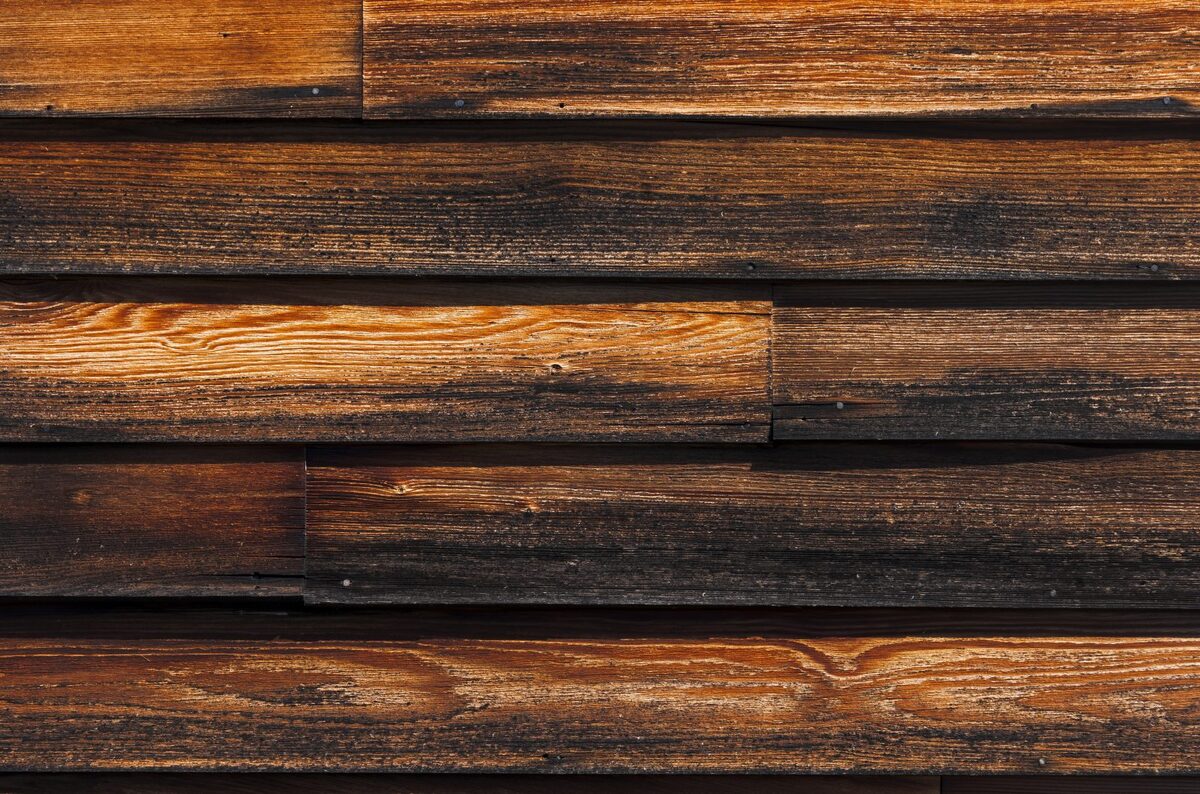

Articles
What Is Clapboard Siding Made Of
Modified: October 28, 2024
Learn everything you need to know about clapboard siding and its composition. Find informational articles on different materials used in clapboard siding.
(Many of the links in this article redirect to a specific reviewed product. Your purchase of these products through affiliate links helps to generate commission for Storables.com, at no extra cost. Learn more)
Introduction
When it comes to exterior home siding options, clapboard siding is a popular choice for its timeless charm, durability, and versatility. Clapboard siding, also known as bevel or lap siding, is a type of siding that features long, narrow boards that overlap horizontally to create a visually appealing and weather-resistant exterior. But what exactly is clapboard siding made of?
In this article, we will explore the various materials used in the production of clapboard siding, including wooden clapboard siding, vinyl clapboard siding, fiber cement clapboard siding, composite clapboard siding, and metal clapboard siding. Understanding the different options will help you make an informed decision when it comes to selecting the right clapboard siding for your home.
So, let’s dive in and discover what these materials are made of and the benefits they offer.
Key Takeaways:
- Clapboard siding materials range from traditional wooden options with natural charm and insulation properties to modern, low-maintenance choices like vinyl, fiber cement, composite, and metal, each offering unique benefits and considerations.
- Understanding the characteristics and maintenance requirements of different clapboard siding materials is crucial for homeowners to make an informed decision that aligns with their budget, climate, desired aesthetic, and long-term maintenance preferences.
Read more: How To Install Clapboard Siding
Wooden Clapboard Siding
Wooden clapboard siding is a classic and traditional choice that has been used for centuries, offering a natural beauty that is hard to replicate with other materials. It is typically made of cedar or cypress, which are both known for their durability and resistance to rot, decay, and insects.
One of the key advantages of wooden clapboard siding is its ability to insulate the home. Wood is a natural insulator, helping to regulate temperature and reduce energy costs. Additionally, wooden clapboard siding can be stained or painted in various colors to complement the style of your home and create a personalized look.
However, wooden clapboard siding requires regular maintenance to preserve its appearance and durability. It needs to be treated with protective coatings to prevent moisture infiltration and damage from the elements. Periodic re-staining or repainting is also necessary to maintain its visual appeal.
In recent years, manufacturers have introduced pre-treated wooden clapboard siding options that are resistant to rot and decay. These products can reduce the maintenance required and extend the lifespan of the siding. However, it’s important to note that wooden clapboard siding may not be the most suitable choice for areas with high humidity or excessive moisture.
Overall, wooden clapboard siding offers a timeless aesthetic and natural charm that many homeowners appreciate. Its durability and insulation properties make it a popular choice, although proper maintenance is required to ensure its longevity and protect it from the elements.
Vinyl Clapboard Siding
Vinyl clapboard siding is a modern alternative to traditional wooden clapboard siding. It is made of polyvinyl chloride (PVC), a durable and low-maintenance material that has gained popularity among homeowners and builders.
One of the main advantages of vinyl clapboard siding is its affordability. It is generally more cost-effective compared to other siding materials, including wood. Vinyl siding is also available in a wide range of colors, styles, and textures, allowing homeowners to achieve the desired aesthetic for their homes without the need for painting or staining.
Another benefit of vinyl clapboard siding is its low maintenance requirements. Unlike wooden siding, vinyl does not require regular painting or staining. It is resistant to rot, pests, and moisture, which means it will not warp or deteriorate over time. Occasional cleaning with a mild detergent and water is usually enough to keep the siding looking its best.
Vinyl clapboard siding is also known for its durability. It can withstand harsh weather conditions, including strong winds, heavy rains, and even hailstorms. This makes it a popular choice for areas with unpredictable climates.
However, it’s important to note that vinyl siding may not be as environmentally friendly as other options. PVC is a synthetic material that is derived from fossil fuels, and its production and disposal can have negative impacts on the environment. Additionally, vinyl siding can fade over time due to prolonged sun exposure, which may affect its aesthetic appeal.
Overall, vinyl clapboard siding offers a cost-effective, low-maintenance, and durable solution for homeowners looking for an alternative to wood siding. It provides a clean and polished look to the exterior of the home and is available in a variety of colors and styles to suit different architectural designs.
Fiber Cement Clapboard Siding
Fiber cement clapboard siding is a popular choice for homeowners seeking a durable and low-maintenance siding option. It is made from a mixture of cement, sand, and cellulose fibers, which are combined to create a strong and weather-resistant material.
One of the main advantages of fiber cement clapboard siding is its exceptional durability. It is highly resistant to rot, pests, fire, and moisture, making it an ideal choice for areas with harsh weather conditions. Fiber cement siding can withstand extreme temperatures and is not susceptible to warping, cracking, or rotting over time.
In addition to its durability, fiber cement clapboard siding offers excellent insulation properties. It helps to regulate the temperature inside the home, keeping it cool in the summer and warm in the winter. This can result in energy savings and a more comfortable living environment.
Another benefit of fiber cement clapboard siding is its versatility in terms of design options. It can be manufactured to resemble various materials, including wood, stone, and stucco, allowing homeowners to achieve the desired aesthetic for their homes. It is available in a range of colors and textures, and can even be painted to further customize the look.
While fiber cement clapboard siding offers many benefits, it is important to note that it is a relatively heavy material and requires professional installation. It is also more expensive compared to some other siding options, such as vinyl. However, the long-term durability and minimal maintenance requirements of fiber cement siding can offset the initial investment.
In summary, fiber cement clapboard siding provides homeowners with a durable and aesthetically pleasing option that requires minimal maintenance. Its resistance to various elements and its ability to mimic the look of other materials make it a popular choice among homeowners seeking a reliable and versatile siding solution.
Clapboard siding is typically made of wood, such as cedar or pine, due to its durability and natural resistance to rot and insects. It can also be made of engineered wood or vinyl for a lower maintenance option.
Composite Clapboard Siding
Composite clapboard siding is a type of siding that combines different materials to create a durable and visually appealing product. It typically consists of a mixture of wood fibers, resins, and polymers. This combination results in a siding material that offers the benefits of both wood and synthetic materials.
One of the main advantages of composite clapboard siding is its durability. It is resistant to rot, pests, and moisture, making it a long-lasting option for homeowners. Composite siding is also known for its dimensional stability, meaning it does not expand or contract as much as traditional wood siding, which helps prevent warping and cracking.
Composite clapboard siding requires minimal maintenance compared to traditional wood siding. It does not need to be painted, stained, or sealed on a regular basis, saving homeowners both time and money. Occasional cleaning with mild soap and water is usually sufficient to keep the siding looking its best.
In addition to its durability and low maintenance requirements, composite clapboard siding offers a wide range of design options. It can be manufactured to mimic the look of natural wood, allowing homeowners to achieve the desired aesthetic without the drawbacks associated with traditional wood siding. Composite siding is available in various colors, finishes, and textures, giving homeowners the opportunity to customize the appearance of their homes.
However, it’s important to note that composite clapboard siding can be more expensive than other siding materials, such as vinyl. Additionally, some composite siding products may not be as eco-friendly as others, as they may contain synthetic materials that are derived from fossil fuels.
In summary, composite clapboard siding provides homeowners with a durable and low-maintenance alternative to traditional wood siding. Its resistance to rot, pests, and moisture, along with its wide range of design options, make it a popular choice for those seeking a long-lasting and visually appealing siding solution.
Read more: What Is Masonite Siding Made Of
Metal Clapboard Siding
Metal clapboard siding is a durable and stylish option for homeowners looking to achieve a sleek and modern aesthetic. It is typically made of aluminum or steel and is known for its strength and longevity.
One of the key advantages of metal clapboard siding is its durability. Metal is highly resistant to rot, pests, and moisture, making it a suitable choice for areas with harsh weather conditions. It can withstand strong winds, heavy rains, and even hail, providing reliable protection for your home.
Metal clapboard siding is also low maintenance, requiring minimal upkeep compared to some other materials. Unlike wood siding, it does not need to be painted or stained regularly. Metal siding is resistant to fading, chipping, and cracking, maintaining its appearance for a longer period of time. Occasional cleaning with mild soap and water is typically enough to keep the siding looking clean and fresh.
Another advantage of metal clapboard siding is its fire resistance. Metal is non-combustible, which adds an extra layer of safety and protection to your home. This can be especially beneficial for homeowners in areas prone to wildfires.
Furthermore, metal clapboard siding offers excellent energy efficiency. It reflects heat, helping to regulate the temperature inside your home and reducing energy consumption. This can result in lower heating and cooling costs, ultimately saving you money in the long run.
While metal clapboard siding has many benefits, it’s important to consider potential drawbacks as well. Metal siding can be more expensive upfront compared to other materials, such as vinyl. It can also be prone to dents, particularly in areas where there may be a lot of foot traffic or if struck by heavy objects. However, advancements in the manufacturing process have led to the development of more durable metal siding options that are resistant to dents and scratches.
In summary, metal clapboard siding offers durability, low maintenance, fire resistance, and energy efficiency. Its sleek and modern appearance can enhance the curb appeal of your home while providing long-lasting protection against the elements.
Conclusion
Choosing the right clapboard siding for your home is an important decision that can have a significant impact on its aesthetics, durability, and maintenance requirements. By understanding the different materials used in clapboard siding, you can make an informed choice that best suits your needs and preferences.
Wooden clapboard siding offers a timeless and natural charm, but requires regular maintenance to preserve its appearance and protect it from the elements. Vinyl clapboard siding provides a cost-effective and low-maintenance option with a wide range of design choices. Fiber cement clapboard siding combines durability with insulation properties, offering excellent resistance to various elements. Composite clapboard siding provides the benefits of both wood and synthetic materials, with minimal maintenance requirements. Metal clapboard siding offers durability, low maintenance, fire resistance, and energy efficiency, adding a sleek and modern look to your home.
Each material has its own unique characteristics, advantages, and considerations. It’s essential to assess factors such as your budget, climate, desired look, and maintenance preferences when making your decision.
Ultimately, the ideal clapboard siding material is one that not only enhances the appearance of your home but also stands the test of time while requiring minimal upkeep. Consult with professionals, compare the options, and consider your specific needs to make the best choice for your home.
Remember, whatever material you choose, clapboard siding can transform the look of your home, increase its value, and provide protection against the elements for years to come.
Now that you're clued in on various materials for clapboard siding, why not dive deeper into one specific option? Discover how wooden siding continues to hold sway in home aesthetics and functionality. Our upcoming article, "9 Superior Wood Siding For 2024", offers a detailed look at top wood siding choices set to dominate next year. Don't miss out on insights that could transform your space with warmth and style.
Frequently Asked Questions about What Is Clapboard Siding Made Of
Was this page helpful?
At Storables.com, we guarantee accurate and reliable information. Our content, validated by Expert Board Contributors, is crafted following stringent Editorial Policies. We're committed to providing you with well-researched, expert-backed insights for all your informational needs.
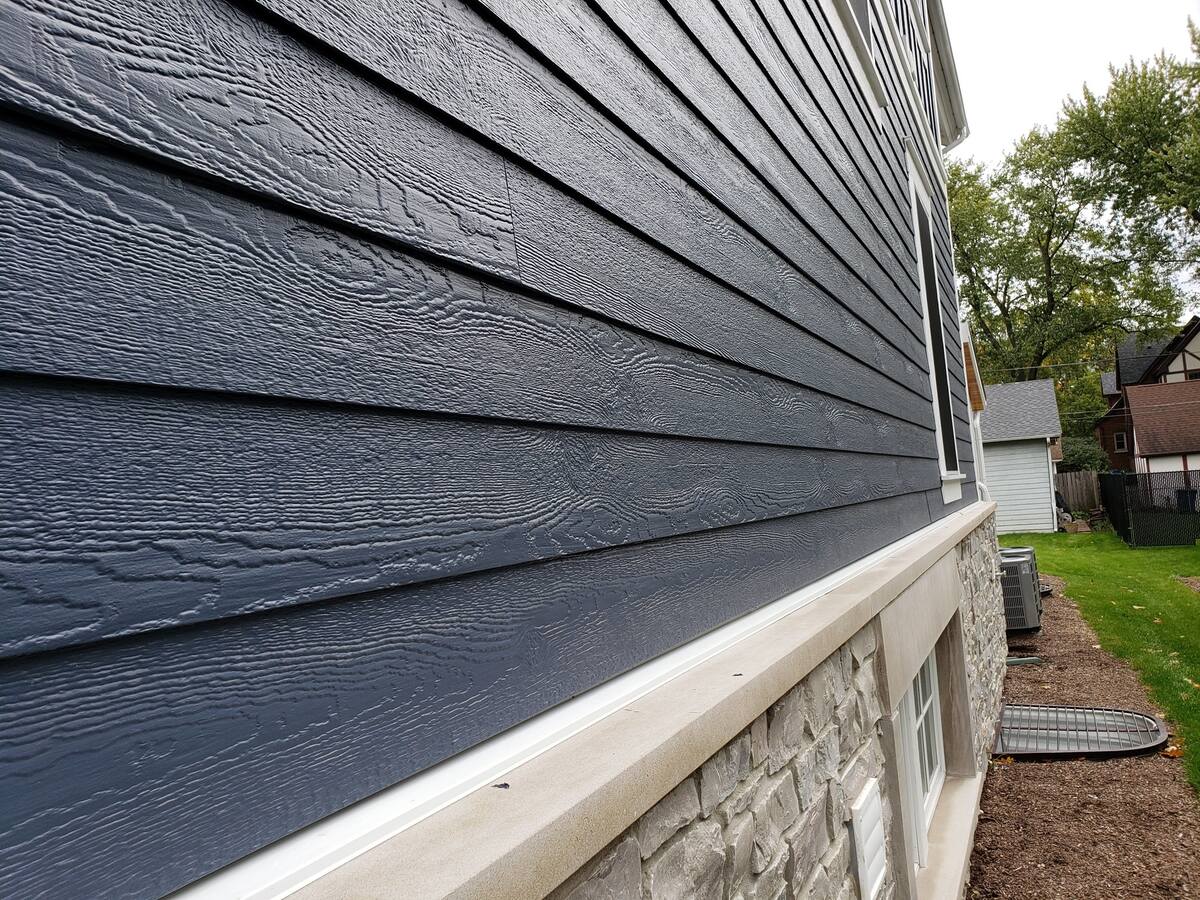
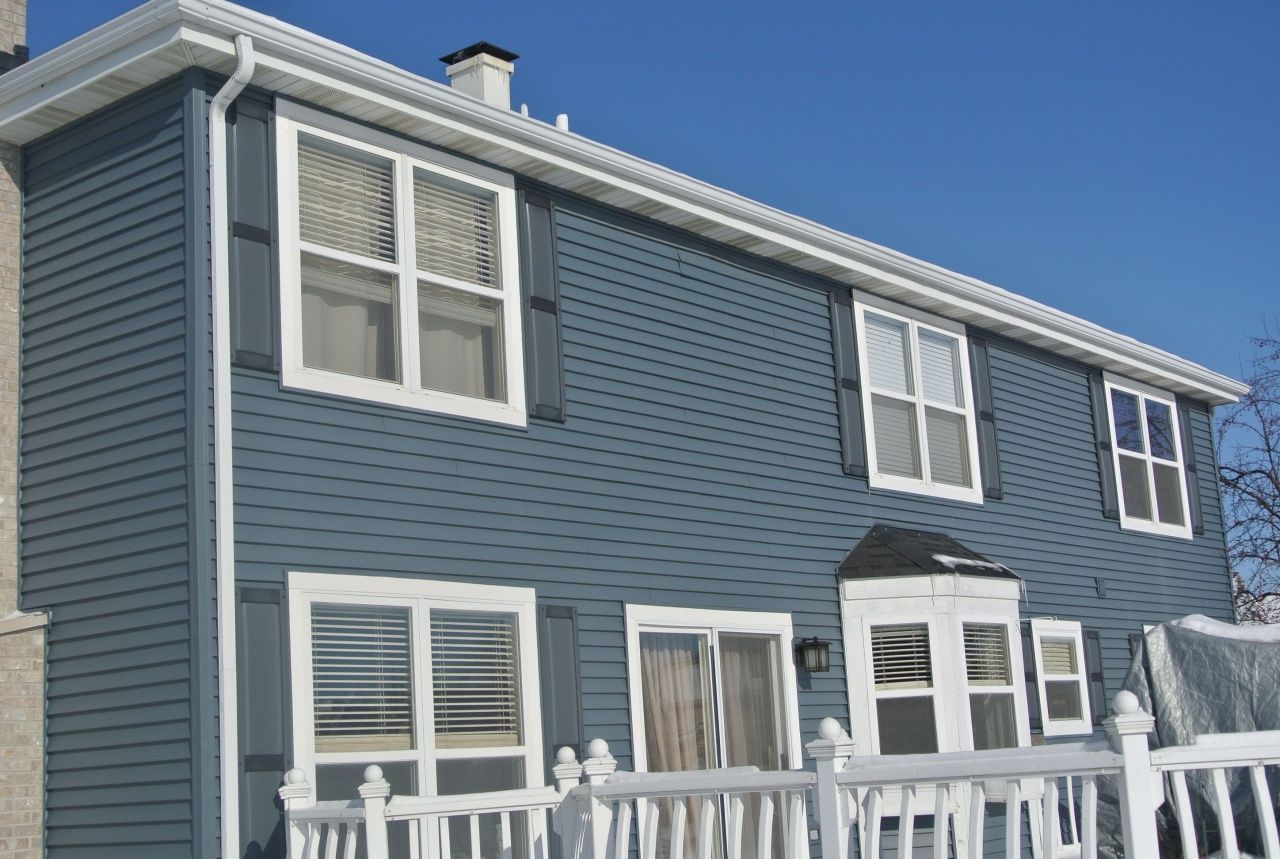
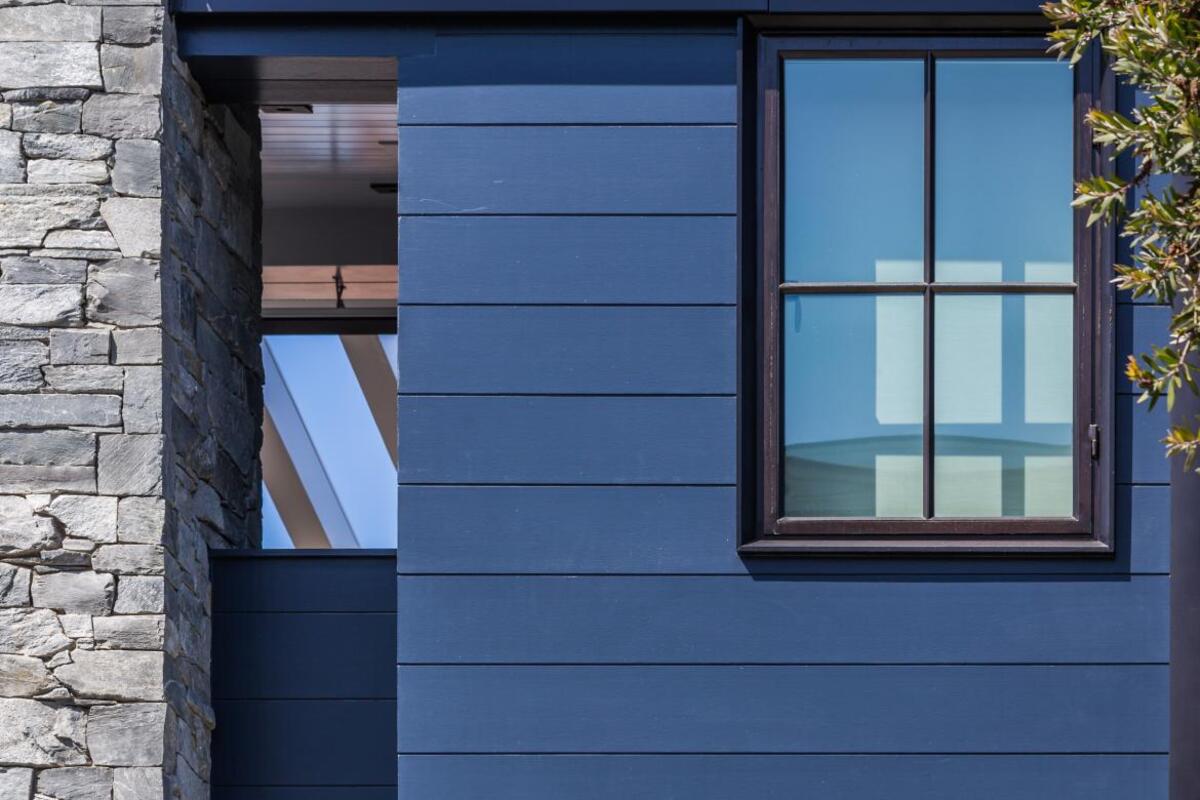
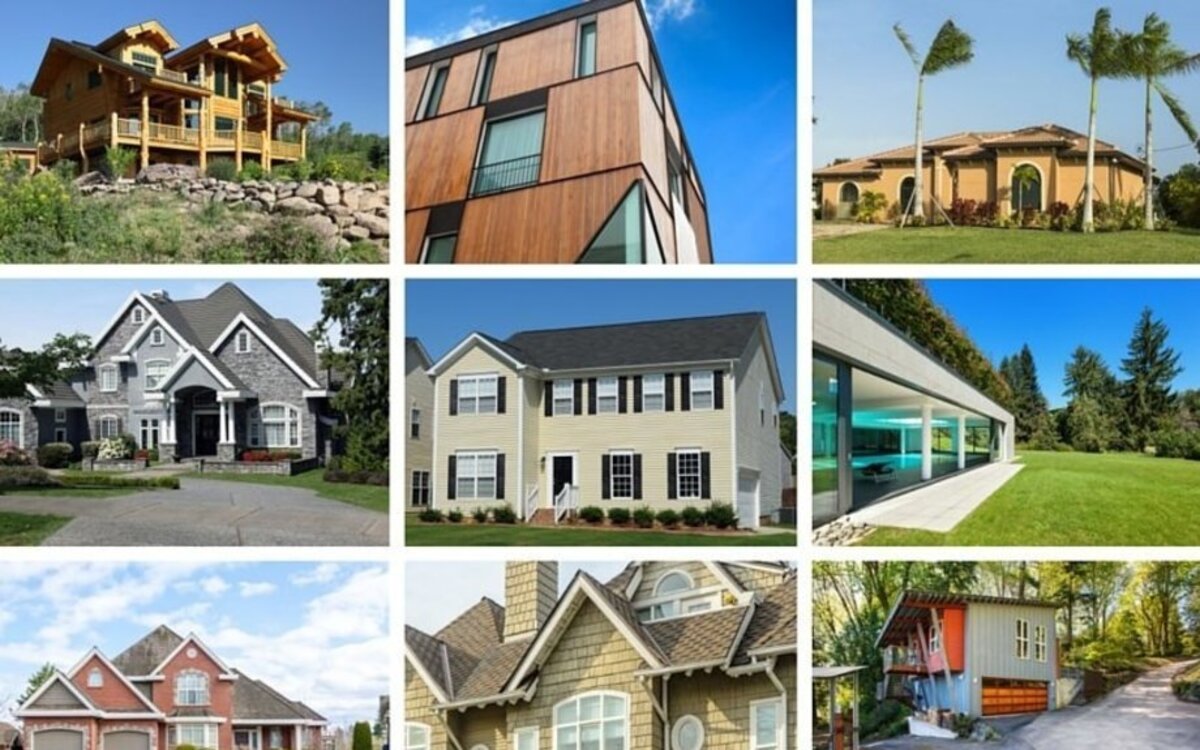
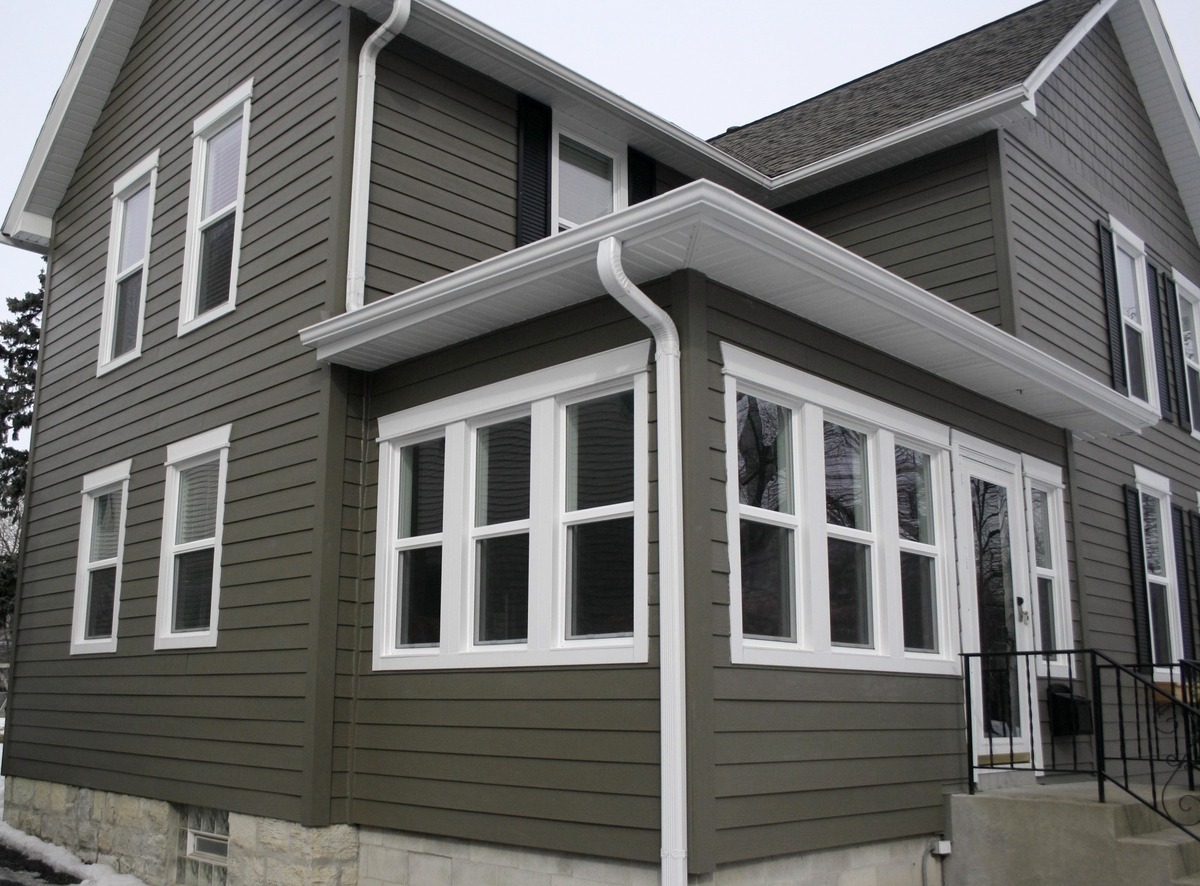
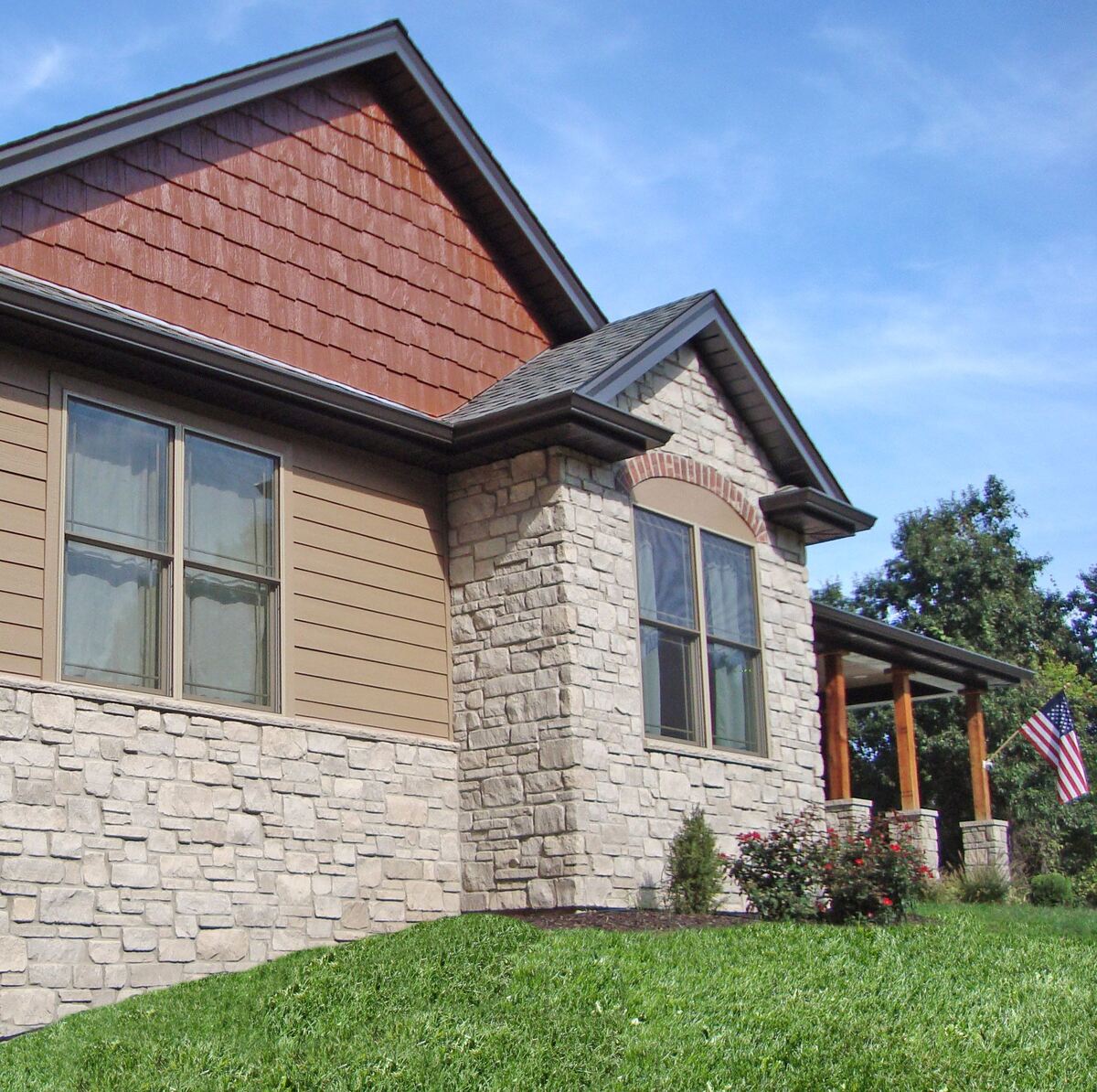
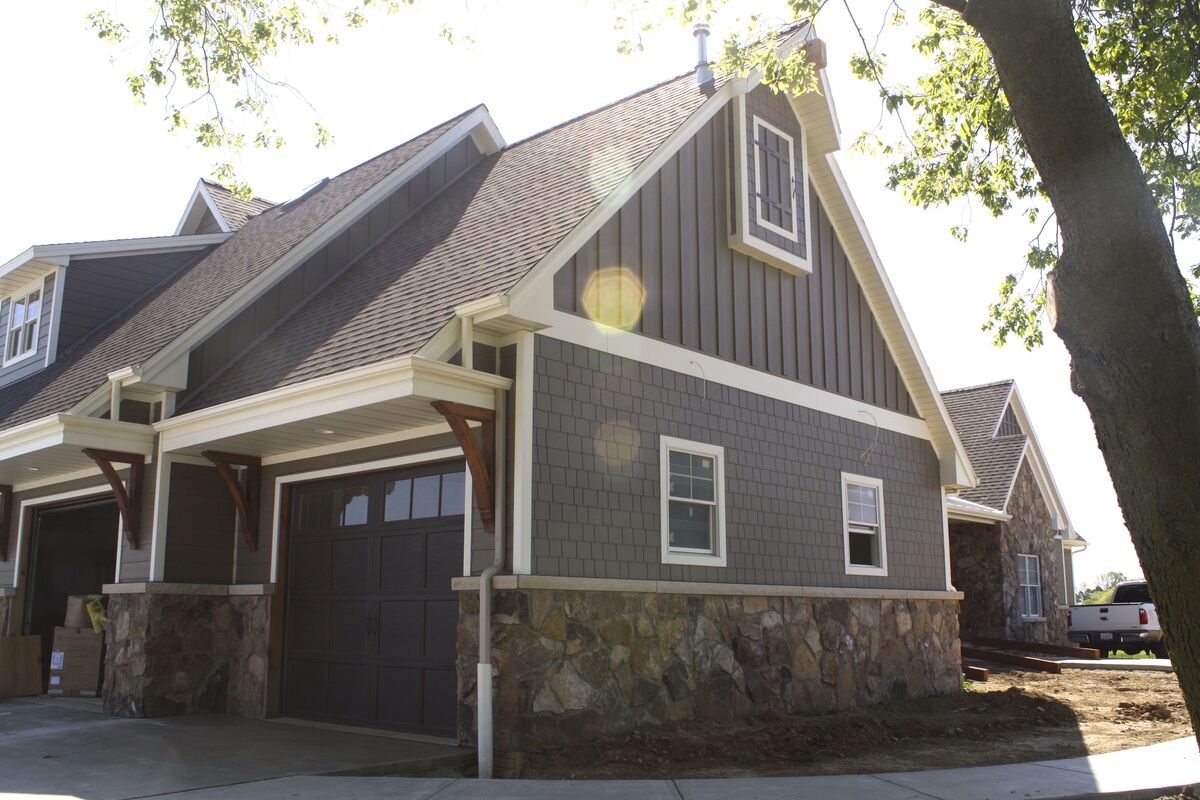
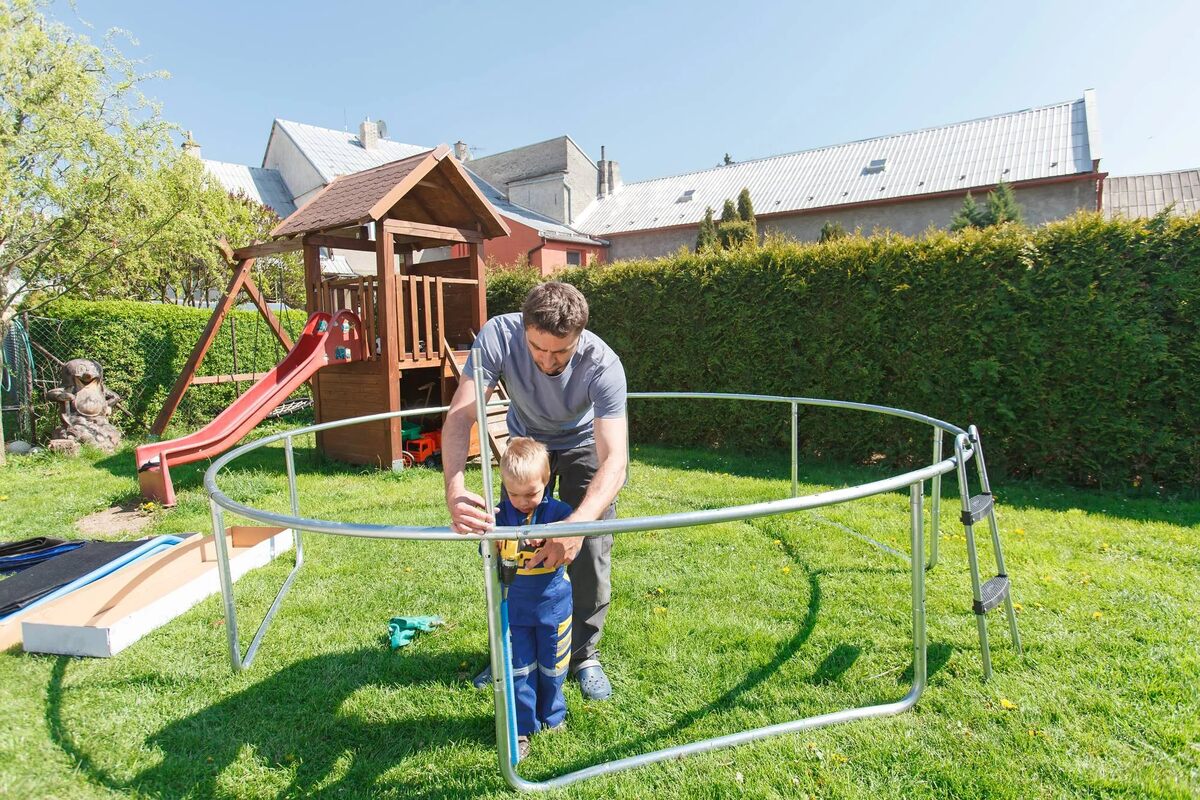
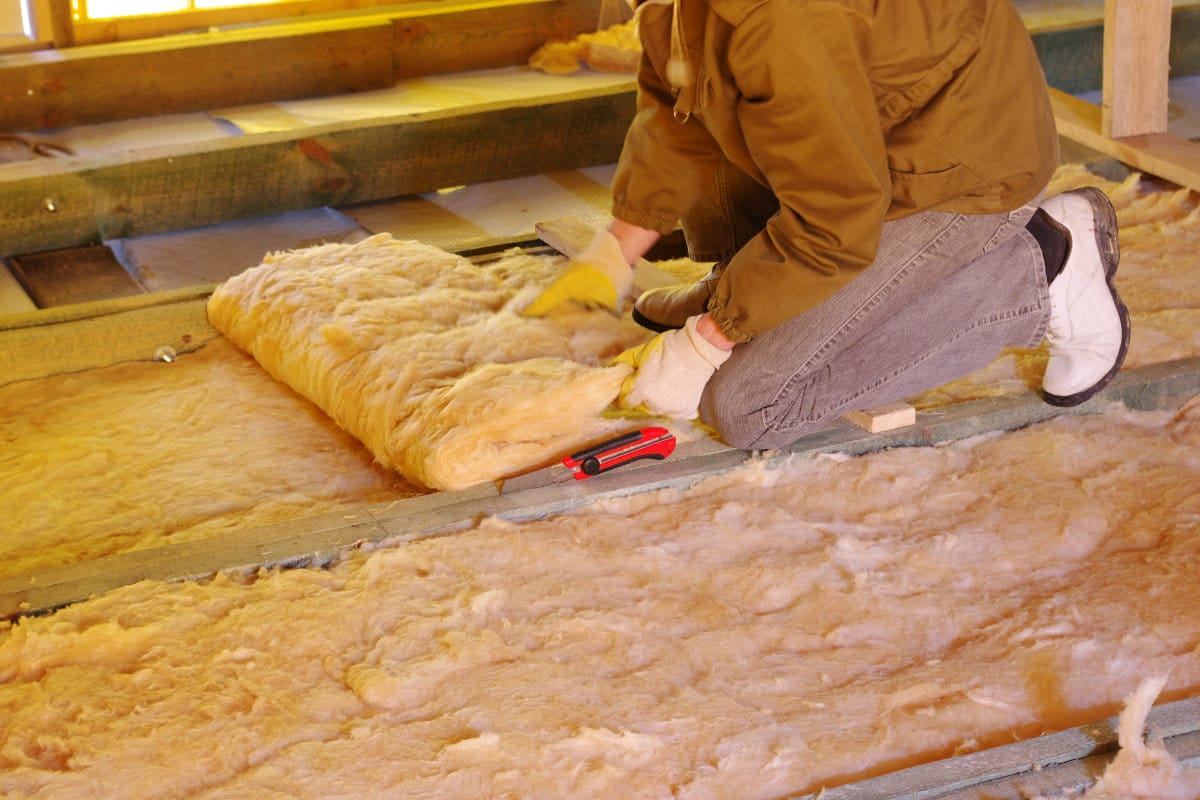
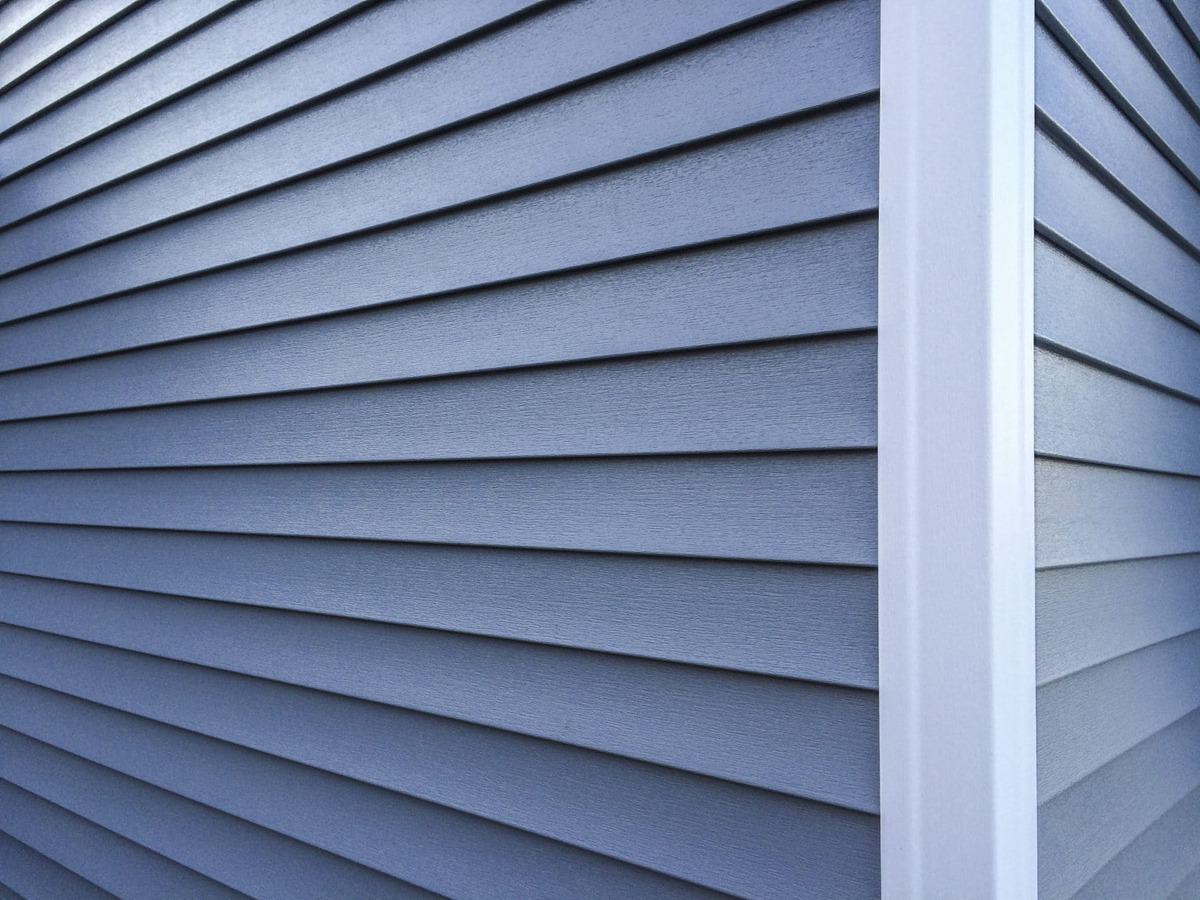
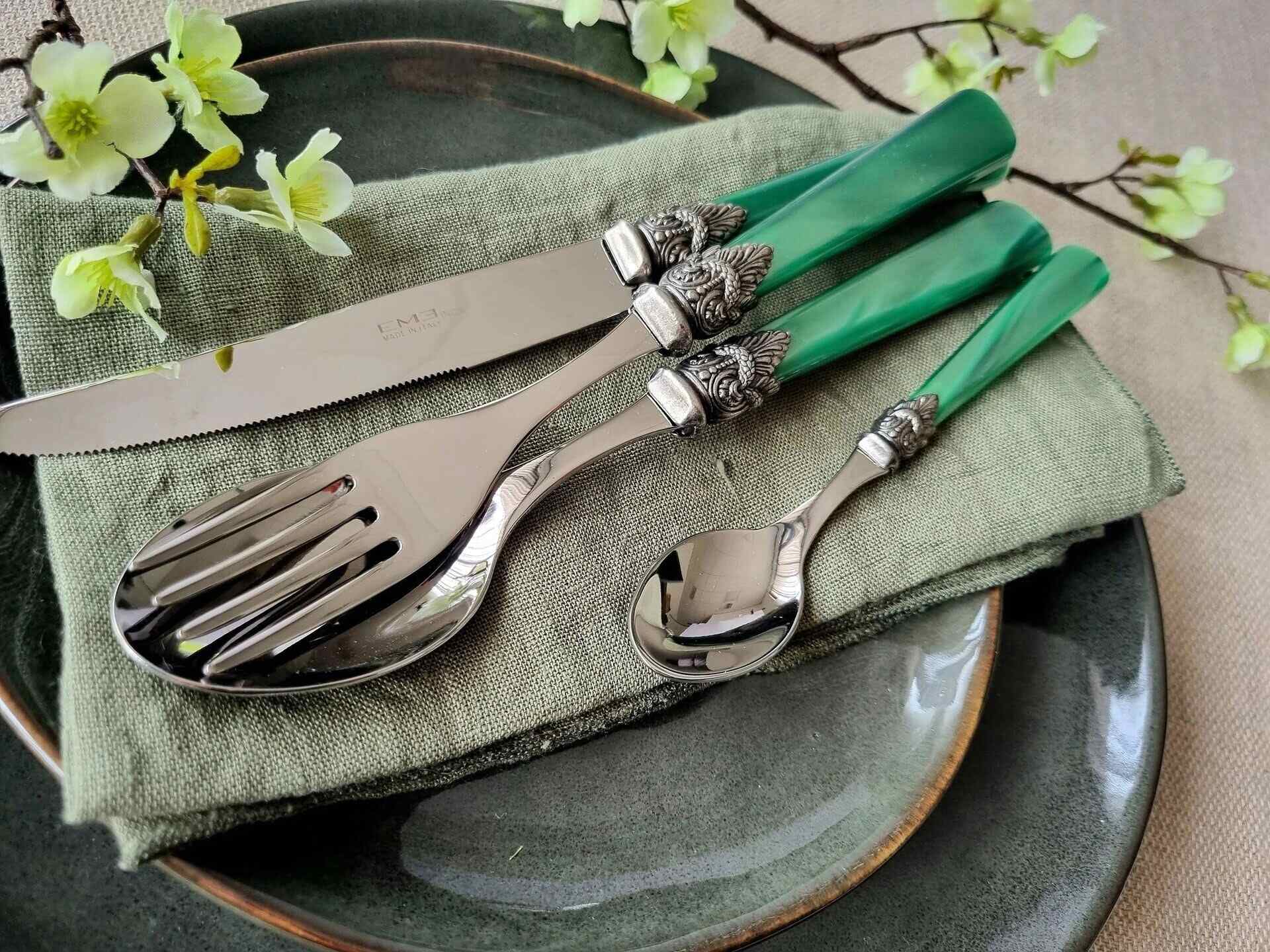
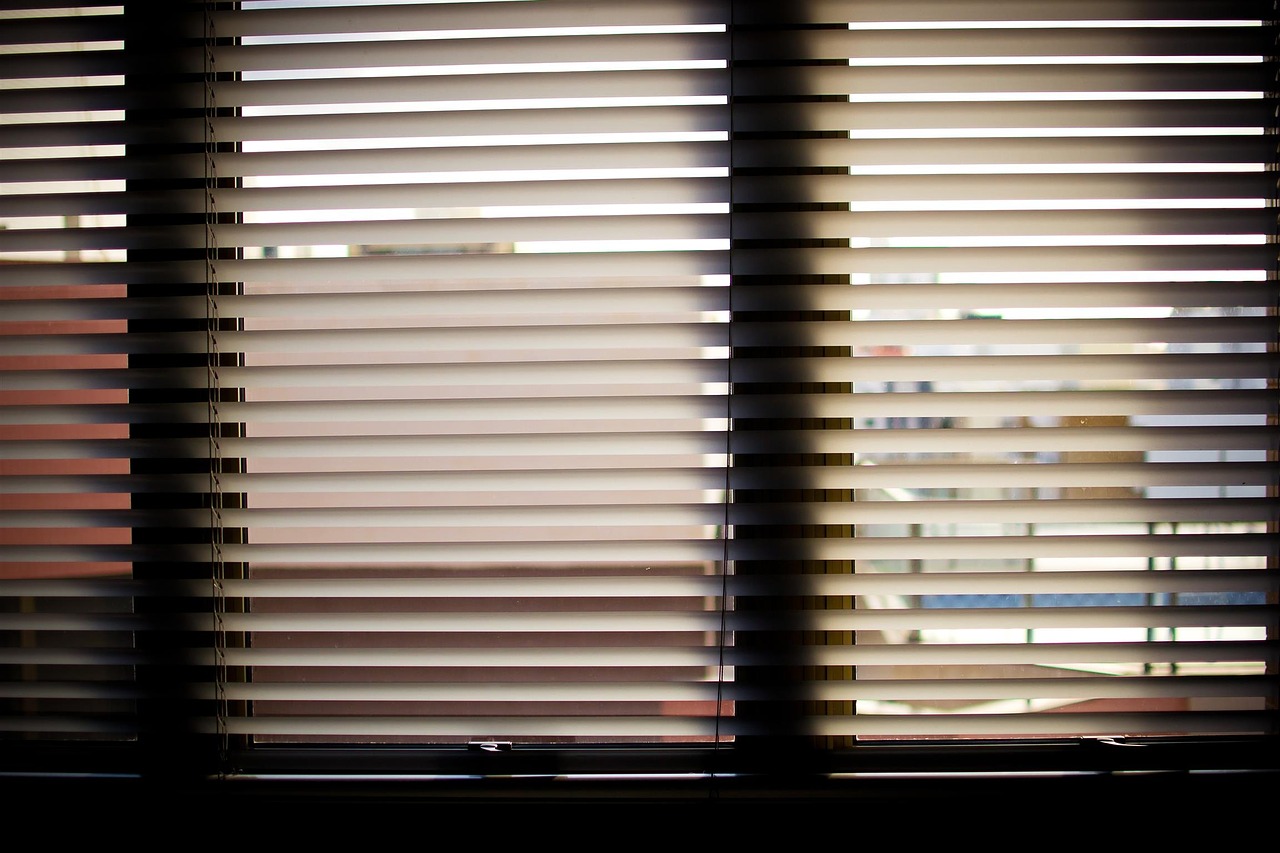
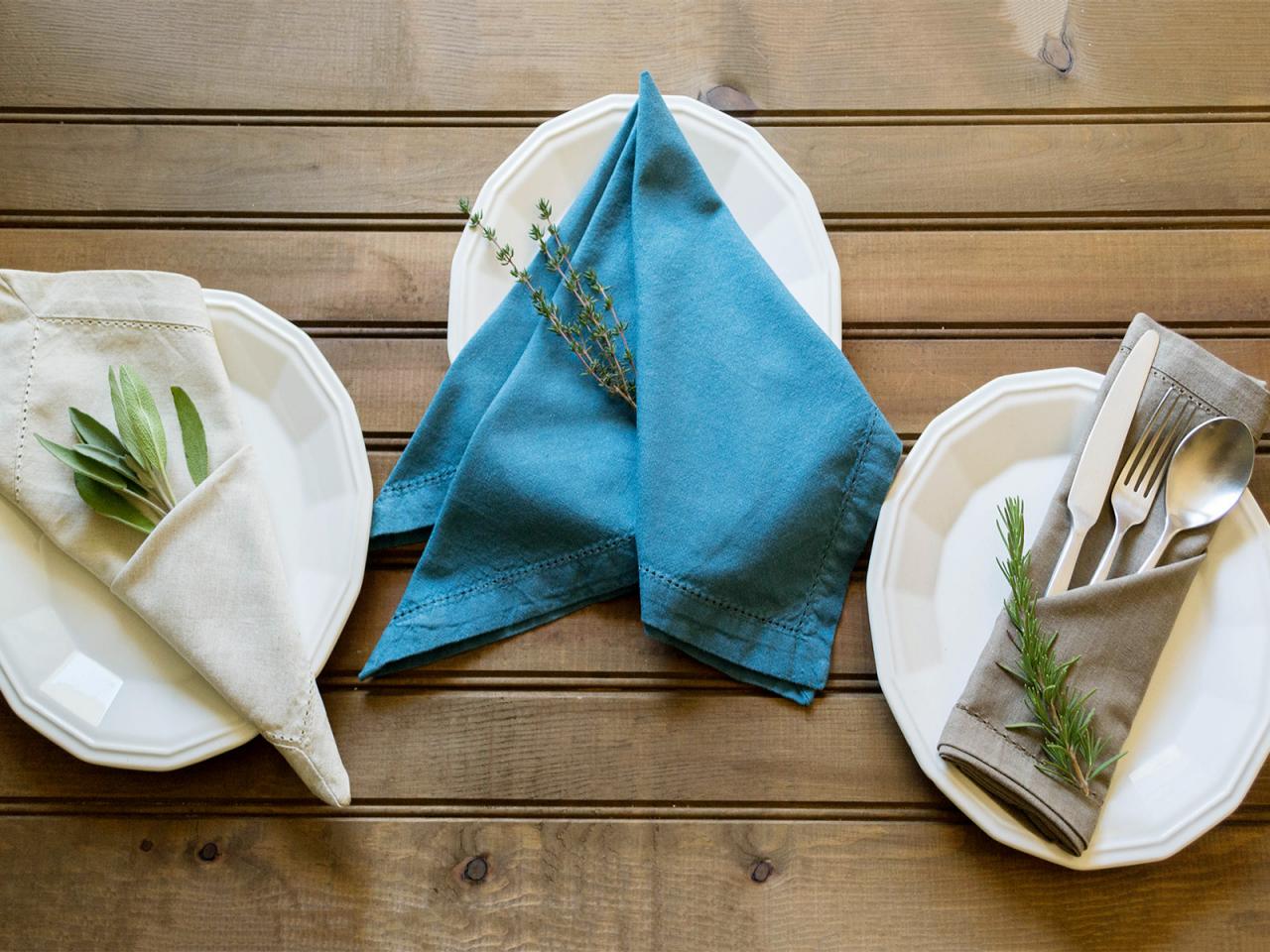
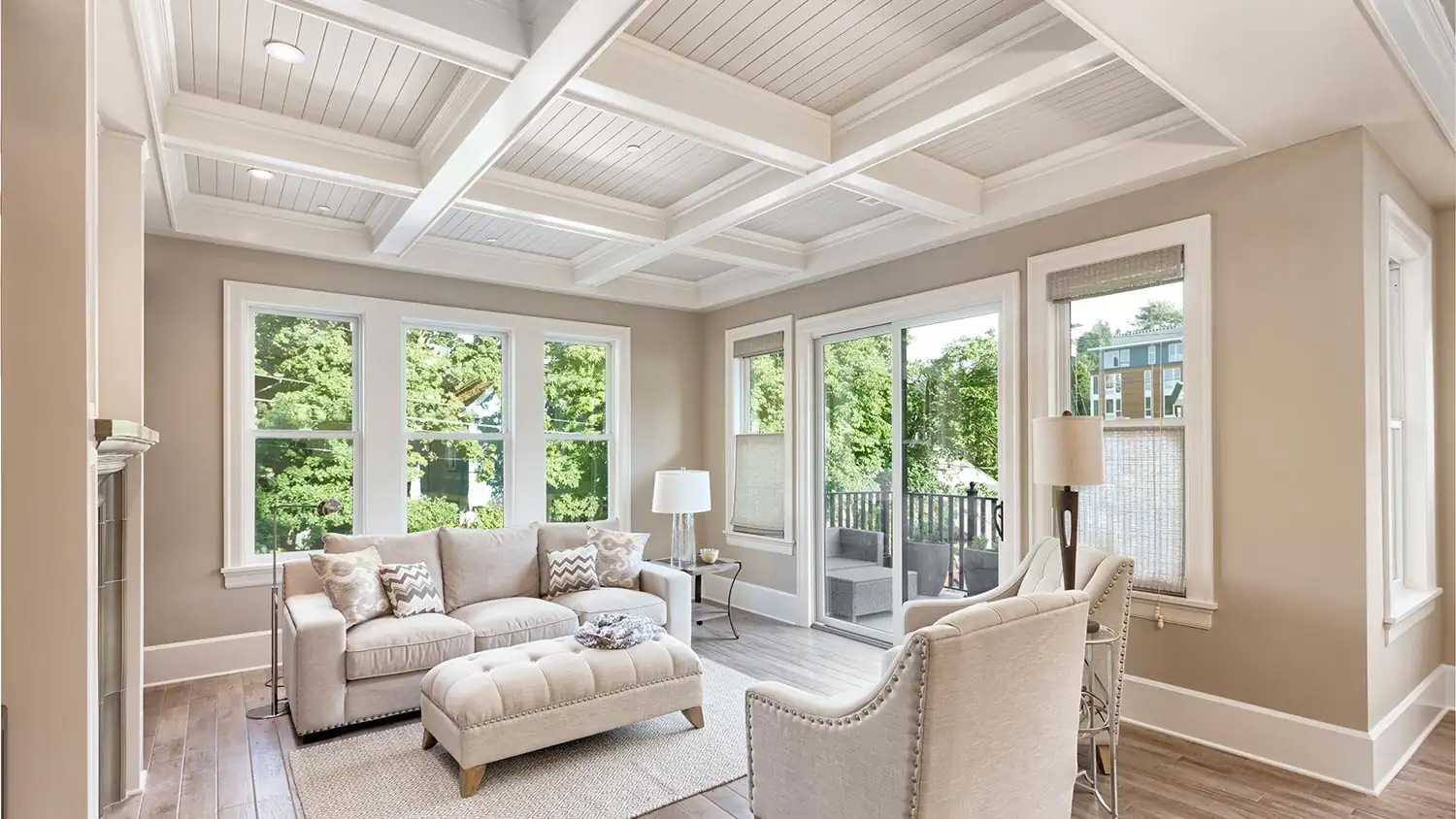

0 thoughts on “What Is Clapboard Siding Made Of”